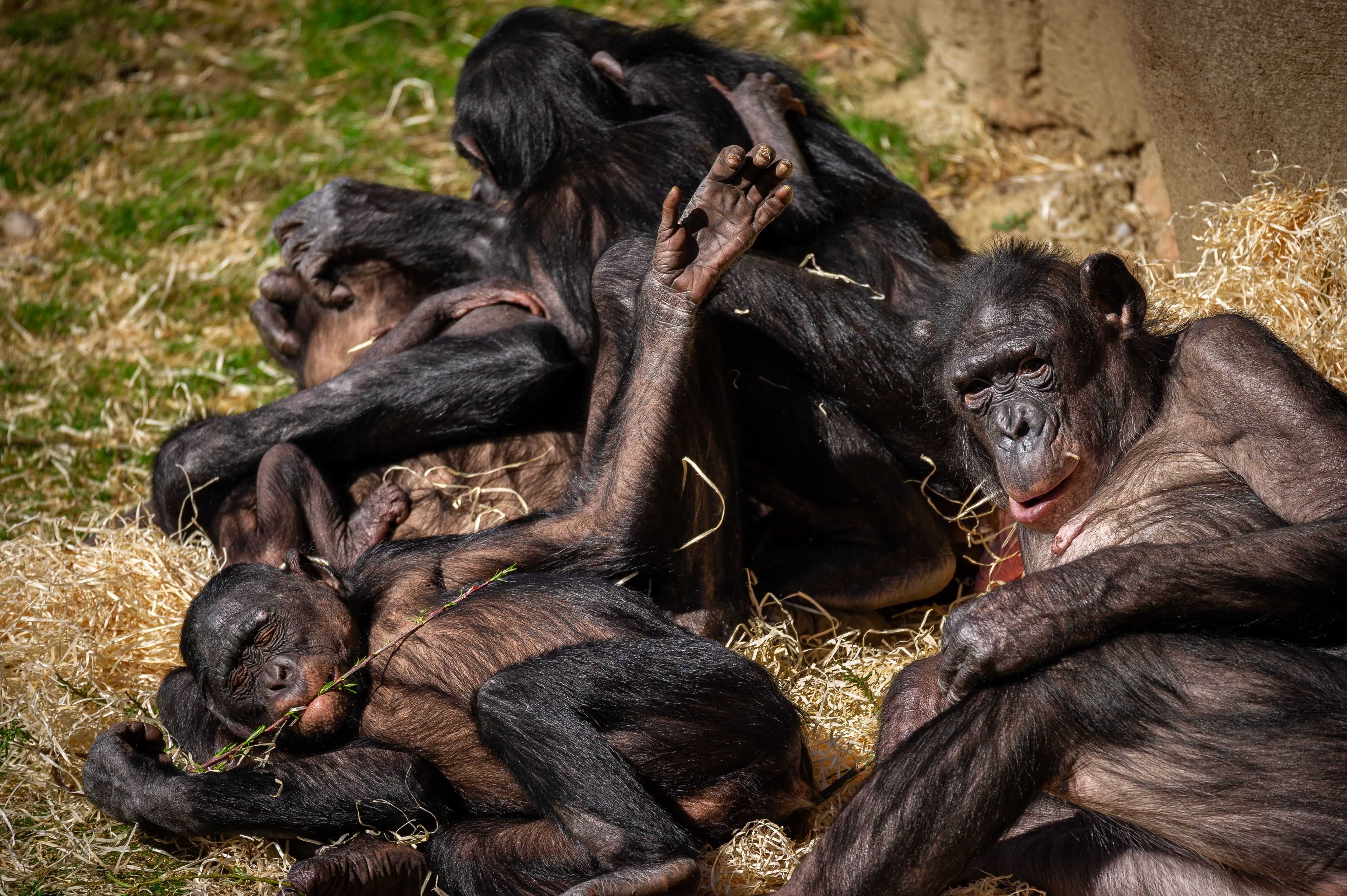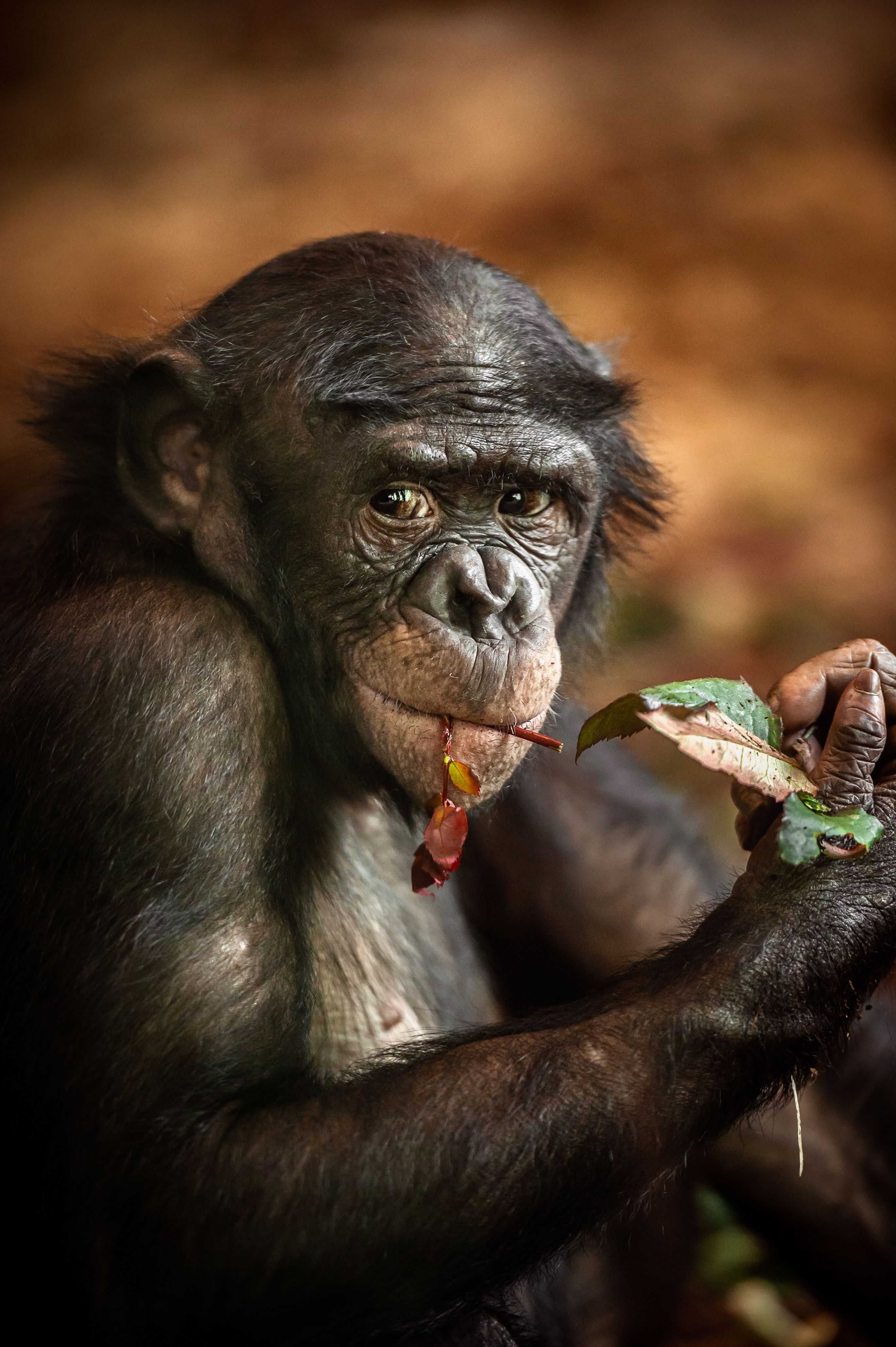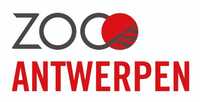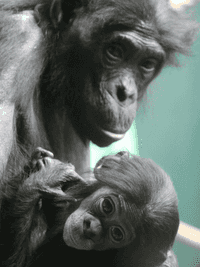Bonobo
(Pan paniscus)
EEP Coordinator: Sarah Lafaut, Antwerpen Zoo
Vice Coordinator: Jonas Verspeek, Planckendael Zoo
EEP page - Bonobo
What are the EEP roles?

| Conservation Education |
| Fundraising |
| Research |
| Insurance |
| Education |
| The EEP sees the population of bonobos in EAZA institutions primarily as ambassadors for their species. By making the public aware of bonobo existence and their main threats in situ (poaching, habitat loss, disease), public interest will increase and fundraising opportunities will open up to protect their natural habitat. The EEP encourages its holders to also raise awareness on the need for sustainable consumption of specific goods at specific times (e.g. education on mobile phone recycling, and sustainable palm oil), and ideally strive to change visitors’ attitudes and their own consumer behaviour. The EEP encourages zoos to keep bonobos in enclosures that meet the needs of the taxon and stimulate behaviours that are typical for the species, as this may increase public interest and engage the public with education and awareness about bonobos and the need of conservation. |
| Fundraising by zoos is considered important for the conservation of the species in its natural habitat , as also mentioned in the IUCN species strategy for bonobos (2012-2022). The Great Ape TAG encourages EEP participants to carry out fundraising activities to support bonobo conservation in situ. This includes contributing to funds for selected projects for the bonobo, and projects that focus on the protection of bonobo habitat are preferred. |
| The EEP population can increase scientific interest in the conservation biology of the bonobo and act as an ex situ source for non-invasive research that contributes to species survival and welfare. Research contacts are already well-established and ongoing. The EEP believes that the role of the population as a species-specific genetic and demographic model for small population management and endangered species conservation may become more prominent in the future as the in situ population is expected to become severely fragmented. By developing a repertoire of biological and management techniques and skills, the captive population can be useful for future in situ and ex situ conservation strategies. |
| The Great Ape TAG has achieved a sustainable ex situ population for the bonobo in EAZA which, based on current analyses, can maintain 95% of the genetic diversity for the upcoming 100 years without further import from the wild. The EEP population can therefore function as an insurance population. While the international conservation community currently agrees to focus on protecting existing populations in their natural habitat, and there is no immediate need to reintroduce captive bonobos in the wild, the future is hard to predict. The EEP currently does not want to rule out the possibility that in the future individuals or genetic material could ever need to be reintroduced into the wild. This requires continued active management of a genetically and demographically stable and behaviourally competent ex situ population. |
| The EEP considers capacity building an important role, so relevant knowledge and expertise on bonobo husbandry and research can be shared with to those who can benefit from it in other regions, including ex situ programmes, captive facilities and rescue centres. High husbandry standards will not only be promoted in EAZA, but also in other regions, for any institution keeping bonobos. |

| Conservation education |
| Advocacy |
| For the indirect conservation education role, the bonobo can be used to help their counterparts in the wild and convey broader conservation messages. The bonobo has great potential for engaging visitors with strong conservation messages and addressing their conscience. Many important messages could be relevant here, including encouraging resource consumer behaviour change and pressures to companies, raising awareness about certified ecotourism, etc. As such, this EEP is thought to be able to provide a considerable contribution to conservation. |
| Considering the status and charisma of the bonobo, the Great Ape TAG feels the EEP is well-suited to encourage lobbying activities using the bonobo as an umbrella species. The EEP has connections to the right people to identify topics for which lobbying is quickly needed to achieve a certain conservation outcome. |

| Biological education |
| Basic and applied research |
| For the non-conservation education role, the bonobo EEP population can be used to convey broader messages, such as general biological education and (re)connecting people to nature, for many reasons, including the species’ close relatedness (and differences) to humans. |
| The Great Ape TAG encourages bonobo holders to proactively contribute to non-invasive research activities on bonobo husbandry, welfare, nutrition, and veterinary science, as well as on reproduction, genetics and population biology, cognition, behaviour and morphology. |
EEP in numbers
In August 2025, the Bonobo EEP included:
- 157 animals
- in 11 institutions.

Programme highlights
- Antwerp Zoo has a page about their work with bonobos on their website.





